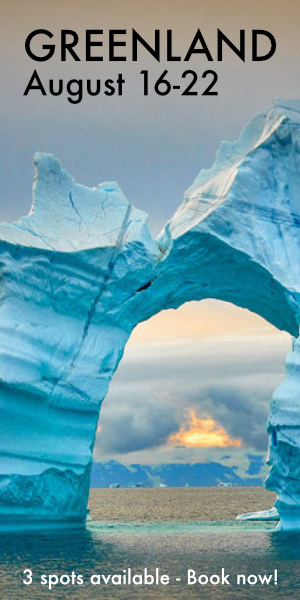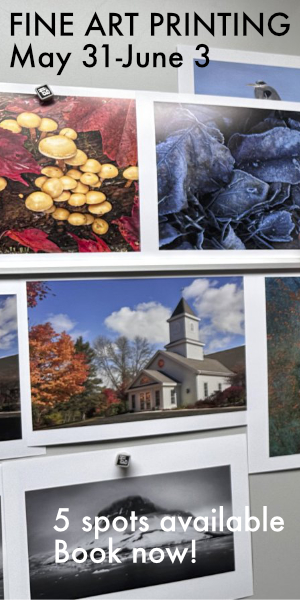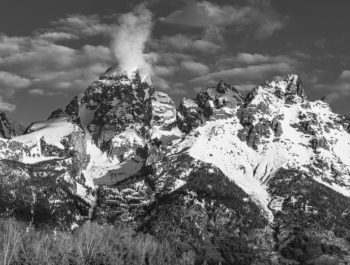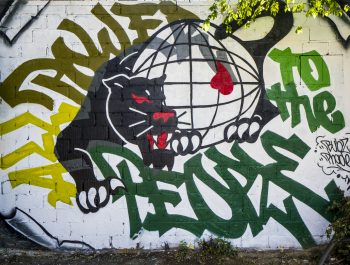The Role Of Documentary Photography
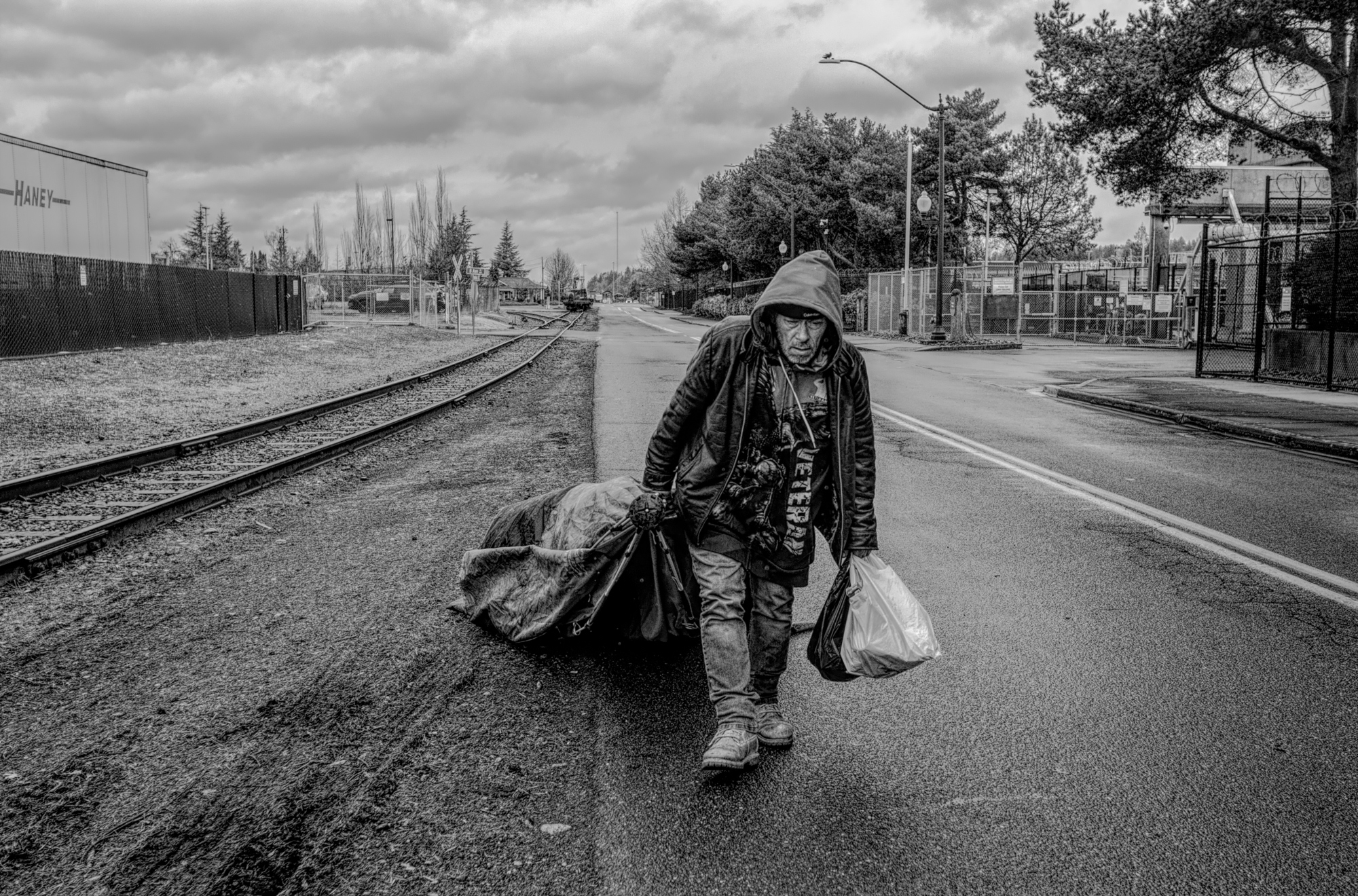
Documentary photography is a medium that is at odds with itself – and can lead photographers to be at odds with themselves.
On the one hand, such images can be seen as intrusive and exploitative because they can profit from the misery of others. While photography critic Allan Sekula acknowledges that documentary photography has provided an understanding of the pain of human existence, he argues it adds “to spectacle, to retinal excitation, to voyeurism, to terror … and only a little to the critical understanding of the social world.”
On the other hand, fellow critic Giles Duley draws a distinct line of difference when he writes, “For me, documentary photography has always come with great responsibility. Not just to tell the story honestly and with empathy but also to make sure the right people hear it. When you photograph somebody who is in pain or discomfort, they trust you to make sure the images will act as their advocate.”
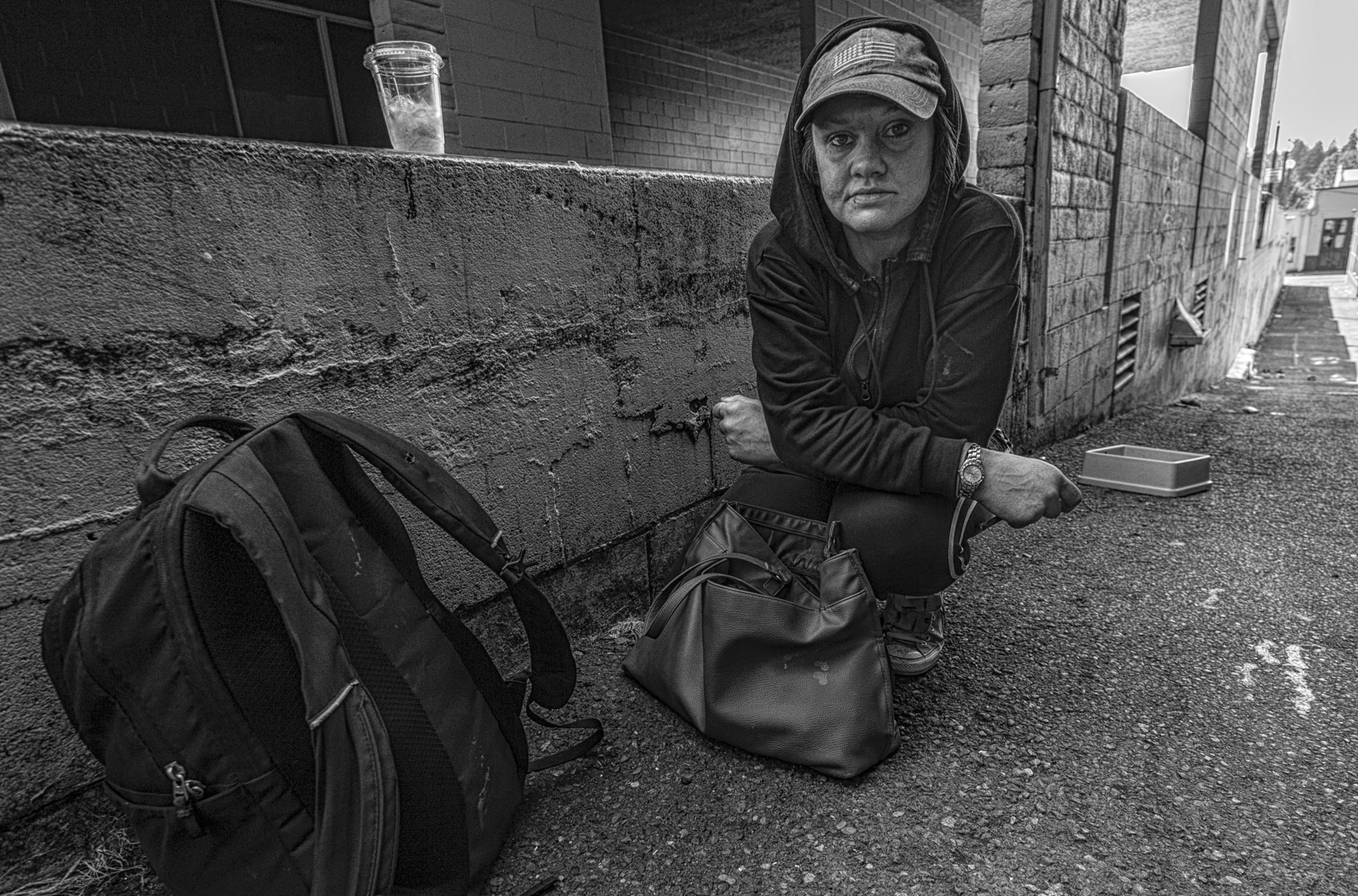
I am of the latter view. Documentary photography in the interest of bringing and maintaining attention to the growing problem of homelessness in this country is a worthy and needed endeavor. Simply put, the accompanying images are about unhoused people and the housed people who need to see them. Perhaps then, change will occur.
For years, I refrained from making images of the homeless because I felt it was wrong to do so, that it was not only intrusive but also a violation of their right not to be photographed.
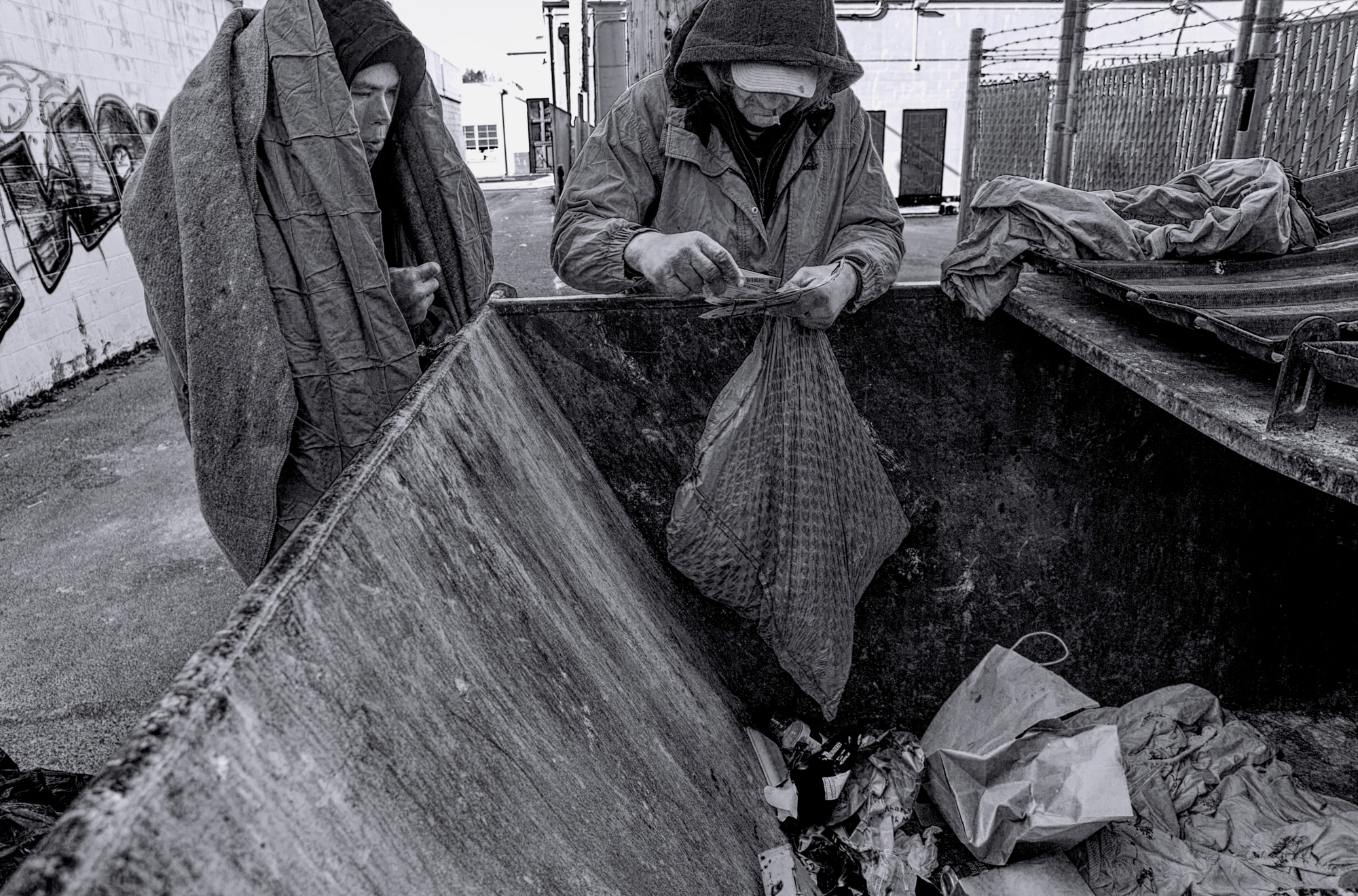
But my way of thinking changed one cold day in February 2023, when I witnessed two men digging through a dumpster in an alley in Olympia, Washington. As one silently stood shivering under a blanket, the other held a bag of trash in one hand as he searched through a small pile of papers in his other hand.
“We’ve been homeless for over a year, and we’re looking for anything we can sell to buy some food,” one of them said.
I walked out of that alley, angry and determined to use my 30 years of experience as a photojournalist to place the issue of homelessness squarely in the public’s eye. Granted, I am not the first to do this; however, since the hydra of homelessness continues to grow, so too must the efforts to end it.
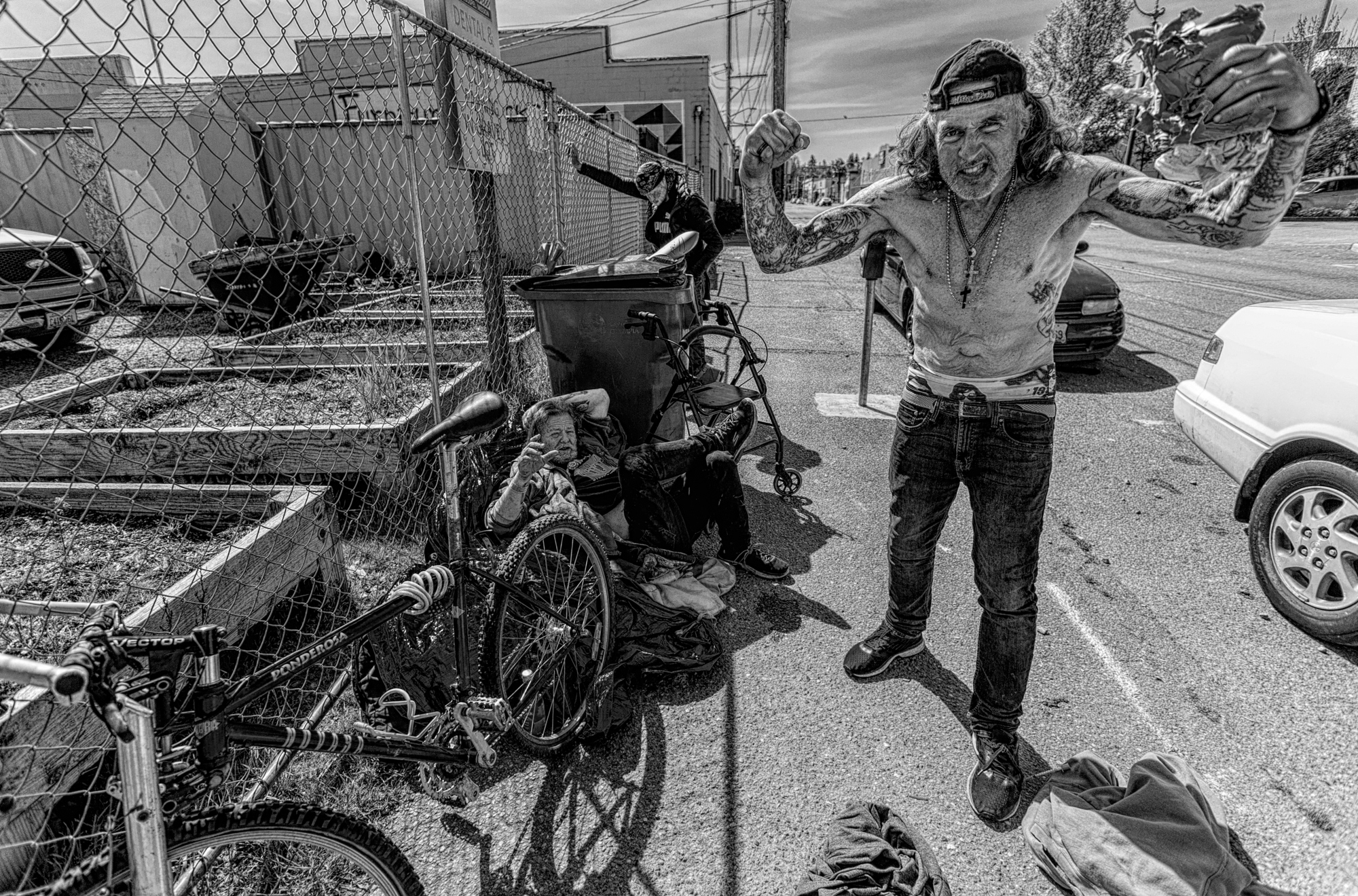
My growing passion for this subject reminded me of a quote from Magnum Photos member Mark Power when he said “Photograph what angers you.” In my opinion, there is no difference in the desire to capture an image in Antarctica or the Palouse than there is to make an image of a homeless person living on the street.
The reasons people live in alleys, in tents, in doorways, in abandoned buildings, and in tunnels are as varied as they are. Some have mental health issues; some have drug addictions; some are simply too poor to live anywhere else; and for some, it is all the above. The stories they tell are as different as their faces. But looking at the images of them says something about them and the challenge they face in breaking the seemingly endless cycle of homelessness.
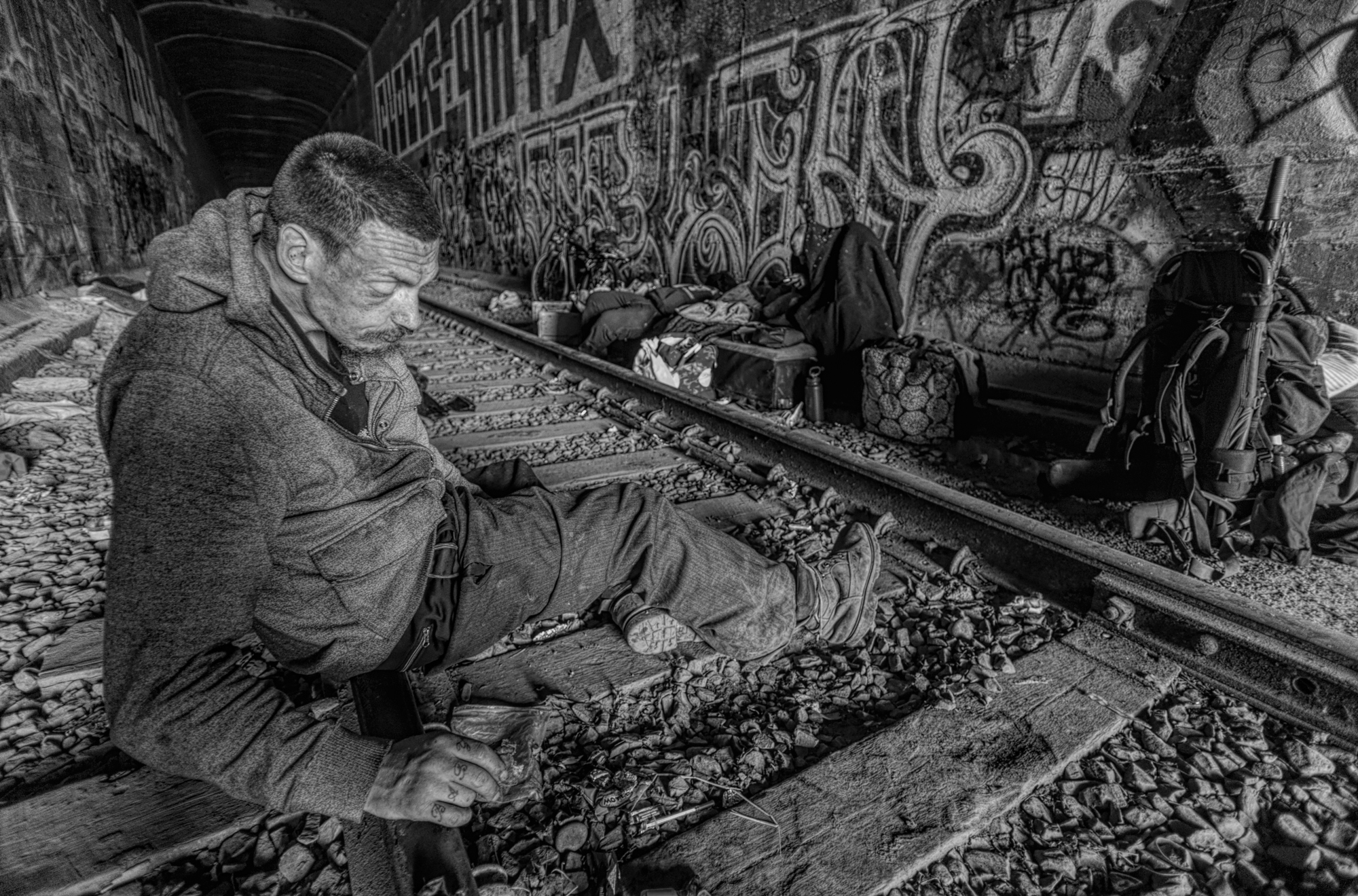
There are some similarities, though. The homeless need help in finding food, clean water, bathroom facilities, and a safe place to sleep. Many use local missions; others remain on the streets, asking for money or food. In either case, their need for safety remains paramount.
To accomplish my self-appointed task of documenting the growing number of homeless people in Olympia, I begin by standing or sitting nearby and striking up a conversation. Some have nothing to say to me; others will have a story to tell. I sit and listen. Whether or not their stories are accurate is irrelevant; they are telling me their story. I will ask if I can make some images of them at an appropriate moment.
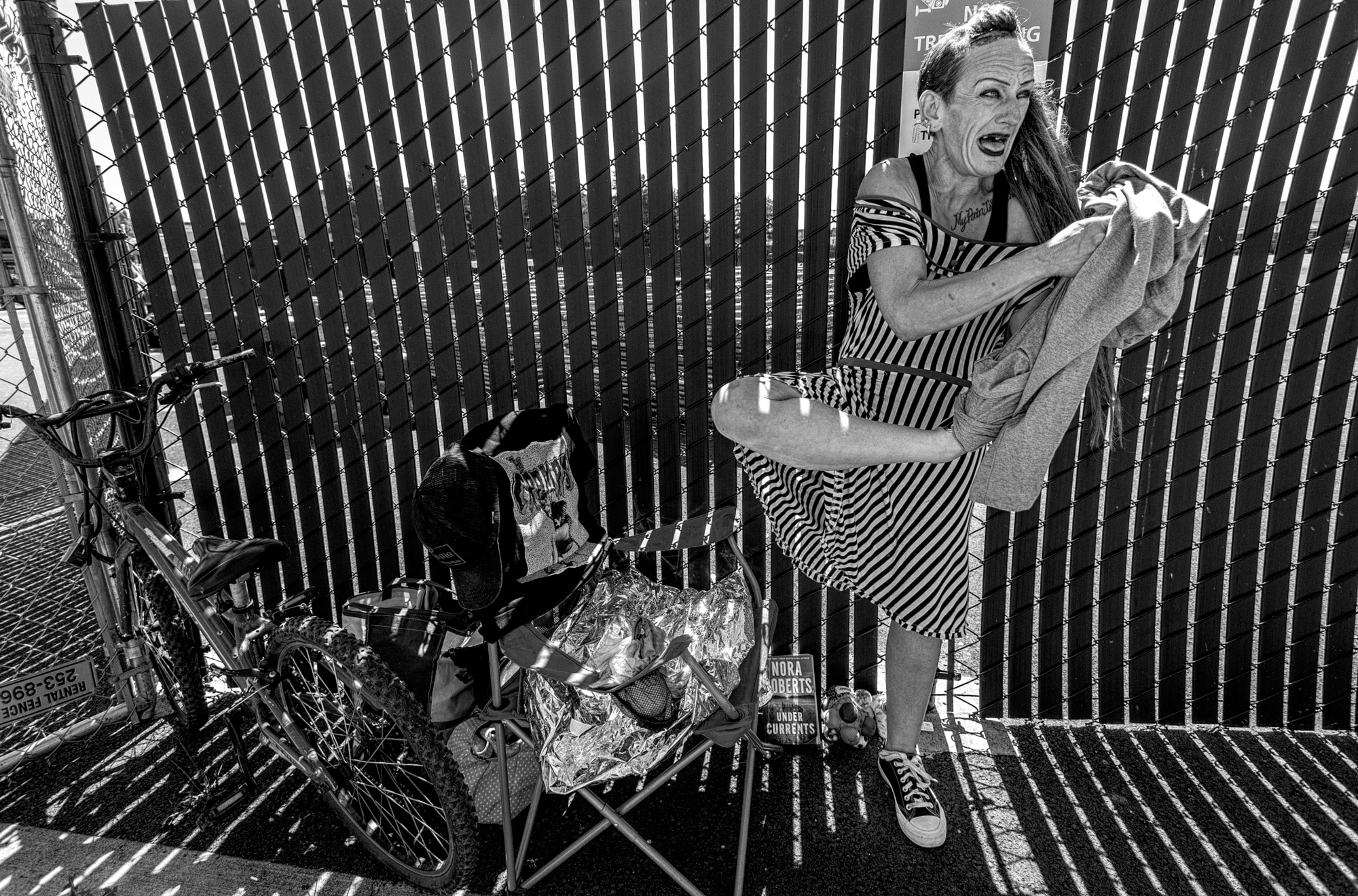
The majority say yes, and a few images are made. A few say no, often citing that they don’t want family members to see them or the law to find them. Most comment that they appreciate the respect of being asked. Either way, I thank them for their time. Few ask for money.
When I make my images, I work quietly and quickly; I use one camera and one wide-angle lens. I use Adobe Camera Raw and Topaz Studio 2 to develop the RAW files.
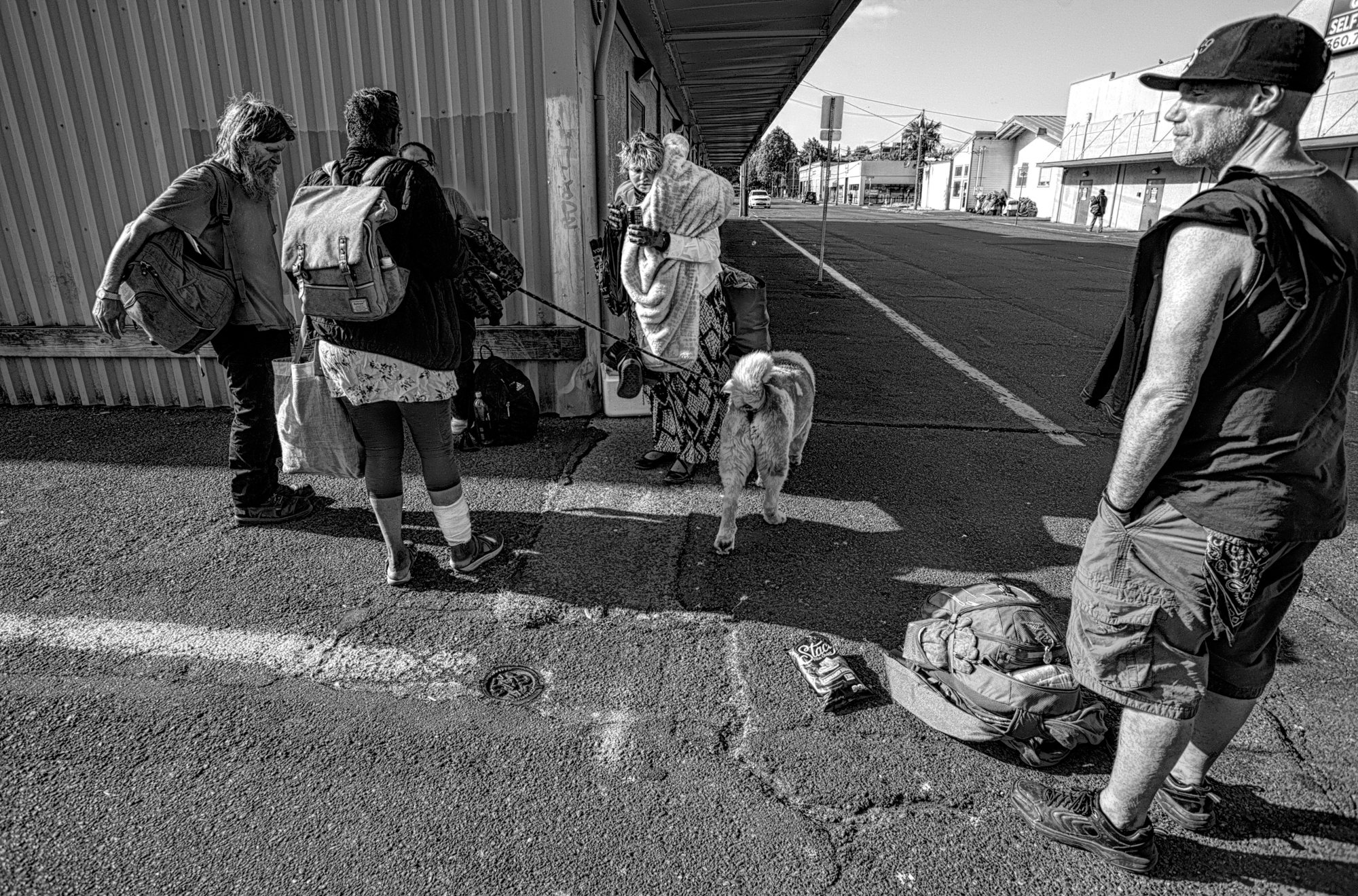
The more I do this work, the more I find myself being drawn back to the work. Over the past months, I have come to know many of these individuals on a first-name basis. I have also wondered what has happened to some of them when they disappear.
This is not an easy endeavor. Building and maintaining trust among the homeless takes time and energy – encountering those with mental health issues, drug addiction, and PTSD is always challenging. What is surprising is the hostility I sometimes confront from the non-homeless who say or do things to make their displeasure about the homeless known to me.
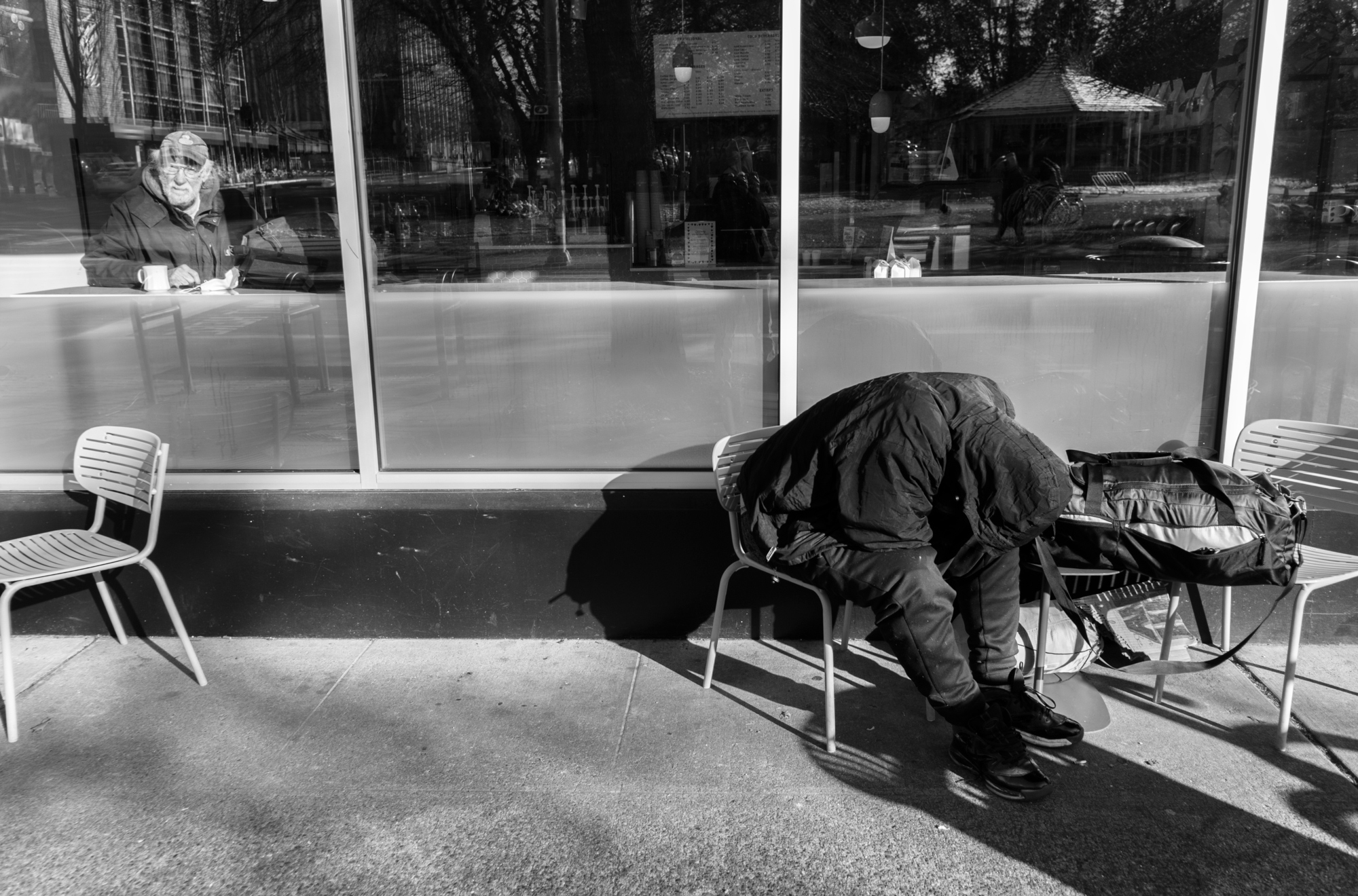
While much money has been spent on addressing the issue, the issue continues to grow larger. On any given night in this country, there are over 600,000 men, women, and children who are unhoused. This is an issue that is not going to go away simply.
As I indicated above, I am always cognizant of the fact that some individuals object to the photographic documentation of the homeless. These concerns are legitimate in some cases; those in the photographic community exploit the homeless for personal and professional gain. Then again, there are those photographers who document the plight of the homeless because they want others – politicians, community leaders, members of the clergy, et cetera – to witness the hopelessness, boredom, and helplessness of these individuals and then be moved to act in a commonsense and apolitical manner.
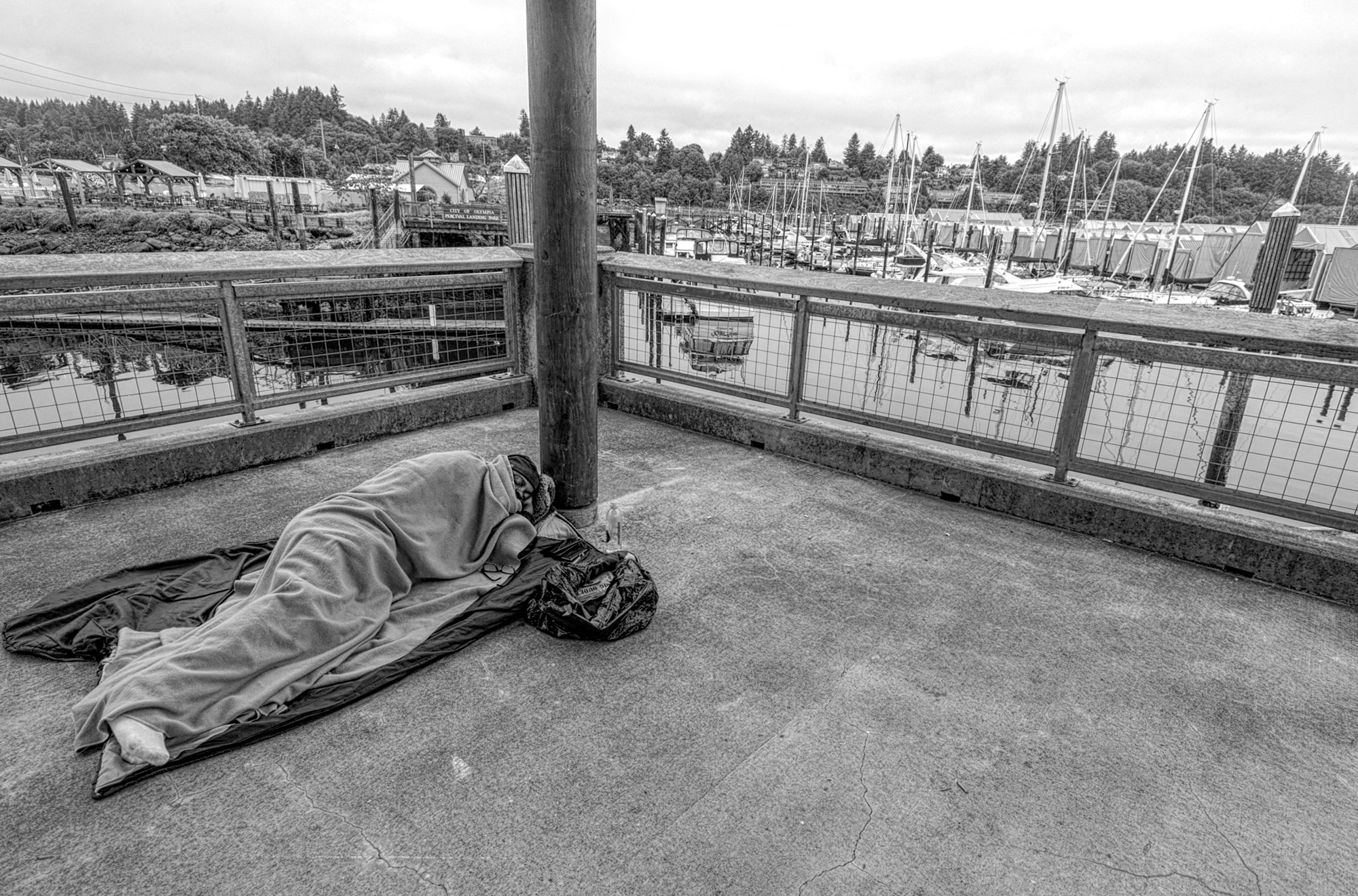
As the documentary photographer Dorothea Lange pointed out, “Pick a theme and work it to exhaustion … the subject must be something you truly love or truly hate.”
It is a plain fact that there is a growing number of homeless individuals in this country. Estimates of the number of unhoused people on any given night are north of 600,000 and growing.
John Simpson
August 2023
Lacey, Washington
A native of Indiana (Indianapolis), I have lived in the Pacific Northwest for the past 40 + years. I am a retired history instructor and photojournalist. I am also a veteran. My interests in photography now center on documentary photography and the stories that they work should engender in bettering our society.


